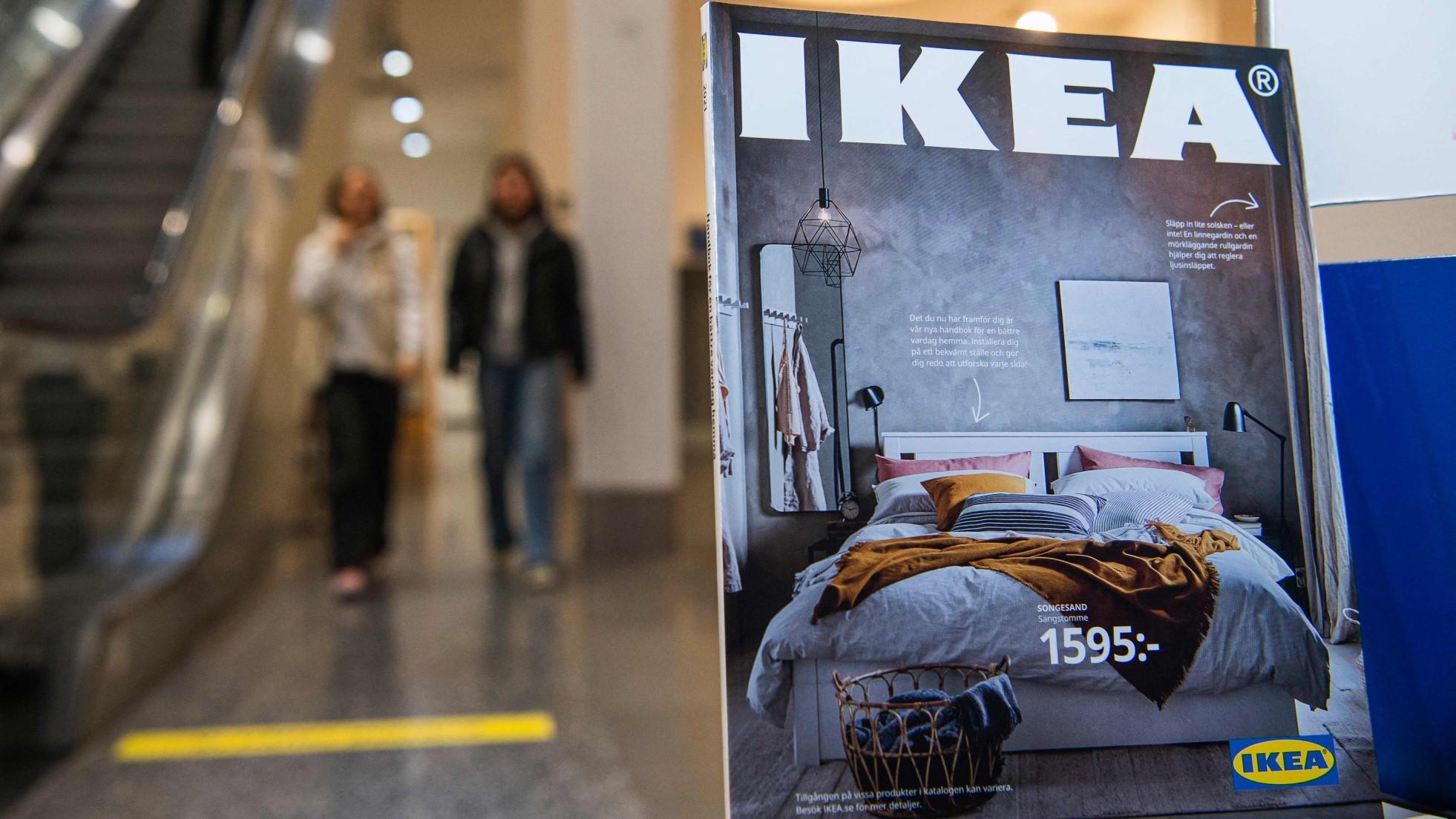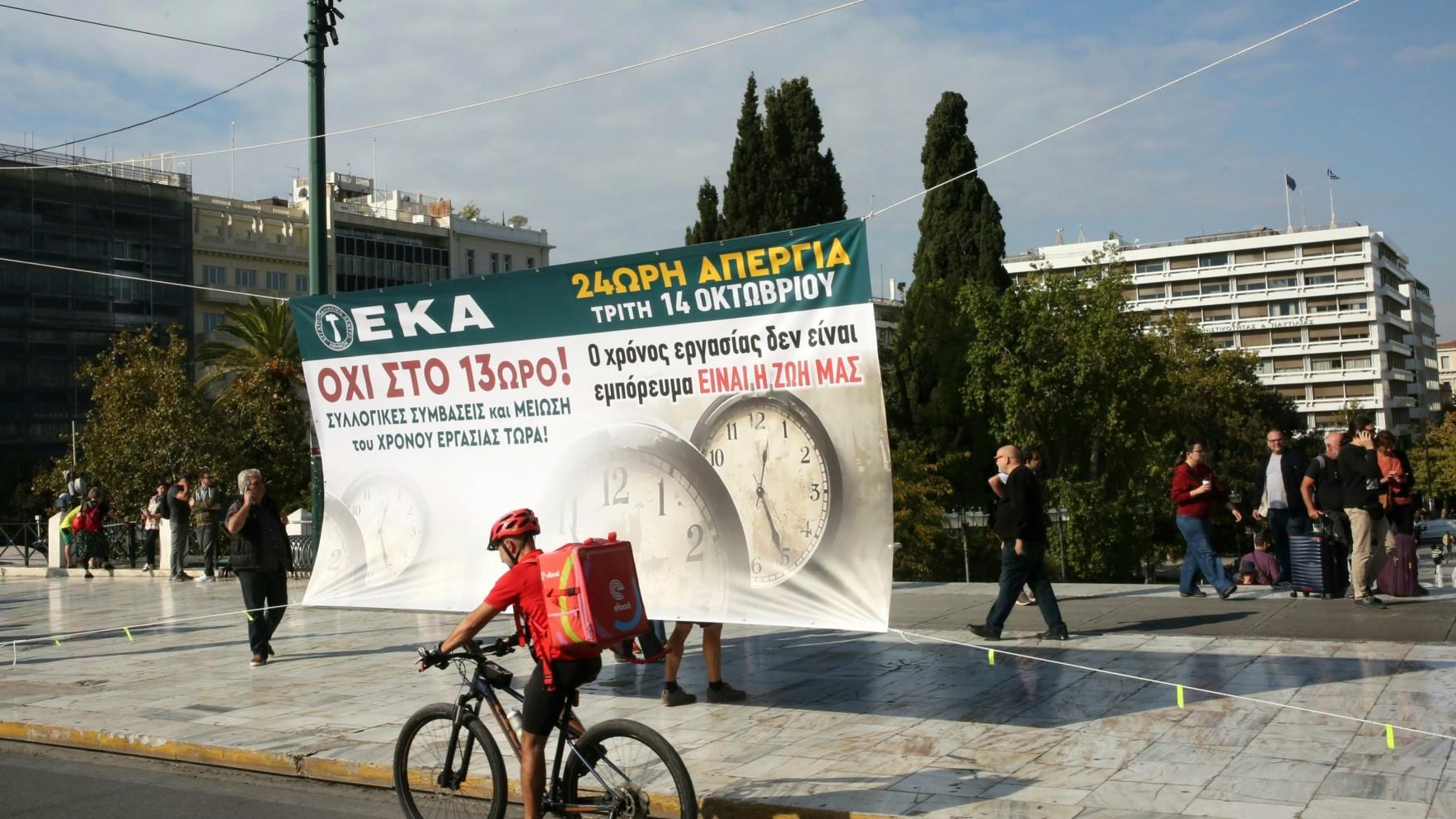Cave featuring St Paul fresco to open for tourism
ANKARA

A cave featuring a fresco of St. Paul, believed to date back to the fifth to seventh centuries A.D., in the ancient city of Syedra in Antalya’s Alanya district will be opened to tourism following restoration and conservation work.
Associate Professor Ertuğ Ergürer of Alanya Alaaddin Keykubat University’s Faculty of Tourism and head of the Syedra excavations told state-run Anadolu Agency that the Baptism Cave, which has been known since the 1990s and was mostly covered with soil, had its entrance cleared during excavations in 2022.
Ergürer noted that many churches from the Christian era have been unearthed in the ancient city, with the cave standing out as one of its most remarkable religious sites.
He explained that the cave, located about 350 meters above sea level and formed naturally, had walls built on both sides, with an apse and a pool on the eastern side, turning it into a baptismal area.
“The walls of the cave are covered with paintings,” Ergürer said. “Although many have been damaged over time, the preserved sections still reveal valuable details.”
He pointed out that the baptism area features a cross surrounded by floral motifs, saying, “During the 2024 conservation work on the eastern side of the cave, we made a very important discovery. While experts were cleaning the paintings, they identified the figure of St. Paul. St. Paul played a crucial role in spreading Christianity in Rome. Frescoes depicting him are extremely rare — one is in Ephesus, another in Cappadocia and the third here in Syedra. It was an exciting find.”
Ergürer said the fresco depicts St. Paul standing and holding a book inscribed with the words: “It is good to praise the Lord and sing hymns in your name, O Most High.”
He added that opposite the figure is a woman, and between them — slightly higher — is a seated figure identified as Jesus Christ by the visible feet and lower body. “It is a very grand depiction with remarkable detail,” he said.
Dating studies are ongoing, Ergürer noted, saying that another inscription reveals the fresco was dedicated by a man named Ioannes, who owned a shop or workshop. He believes the paintings were made sometime between the 5th and 7th centuries A.D.
Ergürer said the cave is currently closed to visitors to protect both the site and its artwork. Most of the ancient city is already under camera surveillance, he added: “Once security coverage is complete, Syedra will become a much better-protected site. The Baptism Cave will open to visitors after conservation and restoration efforts are finalized.”
He also stated that excavations have confirmed the presence of five churches within the city and that studies on them continue.
Ancient city of Syedra
Located in the Seki neighborhood, Syedra bears traces of Hellenistic, Roman, Byzantine and Anatolian Seljuk periods. Excavations continue under the Culture and Tourism Ministry’s “Heritage for the Future Project.”
Dating back roughly 3,000 years, the ancient city stands out with its colonnaded street, stadium, bathhouse, council building, a 164-square-meter floor mosaic depicting the Twelve Labors of Heracles, statues of the goddess of victory Nike, stairways connecting the streets, and a complex water infrastructure with cisterns and channels built for clean water supply.















